
Stonehenge Rediscovered(NaN)
One of history's most enigmatic mysteries is unraveled in this fascinating one-hour special. Stunning CGI and spectacular reconstructions reveal a picture of life in Neolithic Europe 5,000 years ago. The result is a challenging and refreshing new theory about how prehistoric ancestors came to terms with a changing world.
Movie: Stonehenge Rediscovered
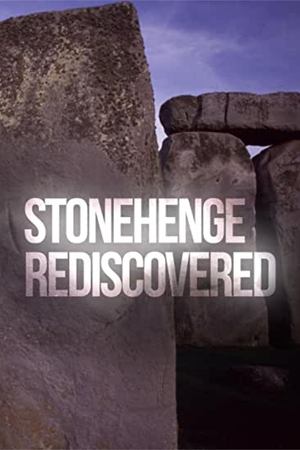
Stonehenge Rediscovered
HomePage
Overview
One of history's most enigmatic mysteries is unraveled in this fascinating one-hour special. Stunning CGI and spectacular reconstructions reveal a picture of life in Neolithic Europe 5,000 years ago. The result is a challenging and refreshing new theory about how prehistoric ancestors came to terms with a changing world.
Release Date
Average
0
Rating:
0.0 startsTagline
Genres
Languages:
EnglishKeywords
Similar Movies
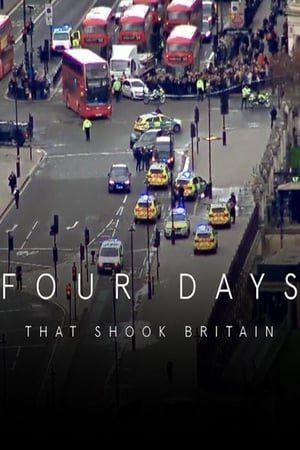 0.0
0.0Four Days That Shook Britain(en)
One year on from the first of four terror attacks which hit Britain in 2017, this documentary tells the personal stories of people who were caught up in the atrocities in Westminster, at Manchester Arena, around London Bridge and outside Finsbury Park Mosque. Those involved - some speaking for the first time - relive the moments of fear and panic that unfolded after the attacks, building a vivid picture of these catastrophic and life-changing events. They also explain how they have continued to try to cope with the consequences ever since. Featuring contributions from the likes of Grant Shapps MP, visitors to Parliament on the day of the Westminster Bridge attack, Ariana Grande fans injured in the Manchester bombing, those caught up in the London Bridge attack and members from the Muslim community in Finsbury Park, this programme provides a compelling insight into the personal consequences of the attacks, as well as the public and political mood in the aftermath.
 0.0
0.0Magic Flute(xx)
“As death, when we come to consider it closely, is the true goal of our existence, I have formed during the last few years such close relationships with this best and truest friend of mankind that death's image is not only no longer terrifying to me, but is indeed very soothing and consoling” - thus said Mozart about death. Mozart died in 1791 and was buried in a mass grave, as standard at the time in Vienna for a person of his social and financial situation. In 2000, 452 of Riga’s deceased — people without relatives, the homeless and the unidentified — were buried at the Jaunciems cemetery. But this film is not about death: it's about Mozart, The Magic Flute, Riga, and love. A short commissioned for the Latvian exhibition at Venice Biennale.
Land of Tradition(en)
This Traveltalk series short visits an array of locations associated with England's heritage. Included are Runnymede, Windsor, Ascot, Lincoln, Wells, Salisbury, Glastonbury, and the ancient Stonehenge site.
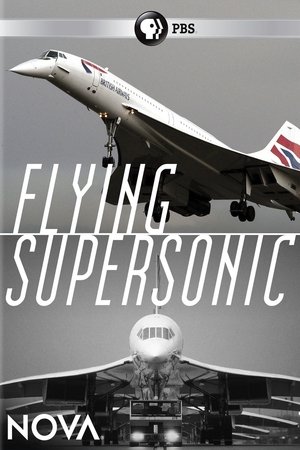 8.0
8.0Flying Supersonic(fr)
Thundering across the sky on elegant white wings, the Concorde was an instant legend. But behind the glamour of jet setting at Mach 2 were stunning scientific innovations and political intrigue. Fifteen years after Concorde's final flight, this documentary takes you inside the historic international race to develop the first supersonic airliner. Hear stories from those inside the choreographed effort to design and build Concorde in two countries at once - and the crew members who flew her.
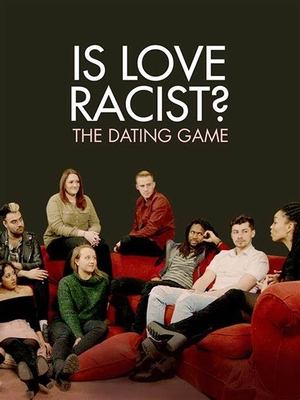 0.0
0.0Is Love Racist? The Dating Game(en)
Emma Dabiri looks at racism in Britain via the world of modern dating, love apps, and a national survey suggesting that young Britons could be more segregated than ever.
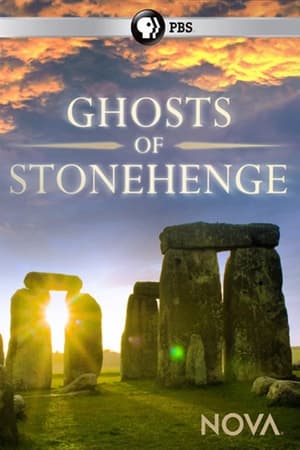 6.0
6.0Ghosts of Stonehenge(en)
Who built Stonehenge and why? Groundbreaking archaeological digs have revealed major new clues about Britain's enigmatic 5,000-year-old site and the people who constructed it.
 7.7
7.7Stonehenge: The Lost Circle Revealed(en)
Professor Alice Roberts follows a decade-long historical quest to reveal a hidden secret of the famous bluestones of Stonehenge. Using cutting-edge research, a dedicated team of archaeologists led by Professor Mike Parker Pearson have painstakingly compiled evidence to fill in a 400-year gap in our knowledge of the bluestones, and to show that the original stones of Britain’s most iconic monument had a previous life. Alice joins Mike as they put together the final pieces of the puzzle, not just revealing where the stones came from, how they were moved from Wales to England or even who dragged them all the way, but also solving one of the toughest challenges that archaeologists face.
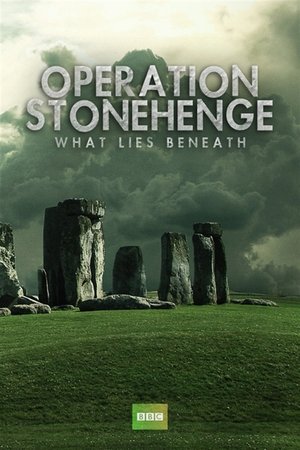 6.0
6.0Operation Stonehenge: What Lies Beneath(en)
Stonehenge is an icon of prehistoric British culture, an enigma that has seduced archaeologists and tourists for centuries. Why is it here? What is its significance? And which forces inspired its creators? Now a group of international archaeologists led by the University of Birmingham and the Ludwig Boltzman Institute in Vienna believe that a new state-of-the-art approach is the key to unlocking Stonehenge's secrets. For four years the team have surveyed and mapped every monument, both visible and invisible, across ten square kilometres of the sacred landscape to create the most complete digital picture of Stonehenge and the surrounding area over millennia. Operation Stonehenge takes the viewer on a prehistoric journey from 8000BC to 2500BC as the scientists uncover the very origins of Stonehenge, learning why this landscape is sacred, preserved and has been revered by following generations.
 8.0
8.0Prince Consorts: In the Shadow of the Crown(de)
No profession, no say, no freedom of expression. Life as a prince consort is not exactly pleasure taxing. No constitution ascribes any function to the husband of a queen. Nowhere does it say what he must or must not do. A life in the shadow of the crown. Can that go well?
 9.0
9.0Troubled(en)
While the overt violence and conflict associated with the Troubles may have subsided since the Good Friday Agreement, it is true that many people in Northern Ireland continue to be affected by the legacy of the conflict. This includes individuals who were directly impacted by the violence, as well as those who continue to struggle with the social, economic, and political consequences of the conflict. While the actual violence and conflict may have ended, the legacy of the Troubles still lingers on in Northern Ireland; many are still struggling to come to terms with what happened and find a way to move forward.
 6.6
6.6Inquiry: The Great British Housing Disaster(en)
David Jones investigates how 1960s council housing came to be built so poorly that thousands later needed to be demolished.
 7.5
7.51979: Big Bang of the Present(de)
Deng Xiaoping's economic and political opening in China. Margaret Thatcher's extreme economic measures in the United Kingdom. Ayatollah Khomeini's Islamic Revolution in Iran. Pope John Paul II's visit to Poland. Saddam Hussein's rise to power in Iraq. The Soviet invasion of Afghanistan. The nuclear accident at the Harrisburg power plant and the birth of ecological activism. The year 1979, the beginning of the future.
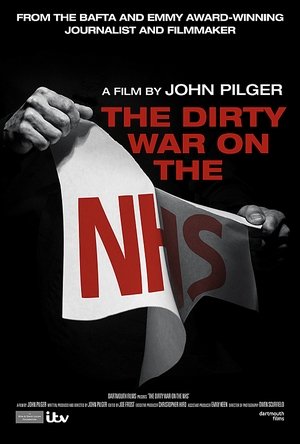 10.0
10.0The Dirty War on the NHS(en)
John Pilger unearths the hidden agenda behind the NHS crisis.
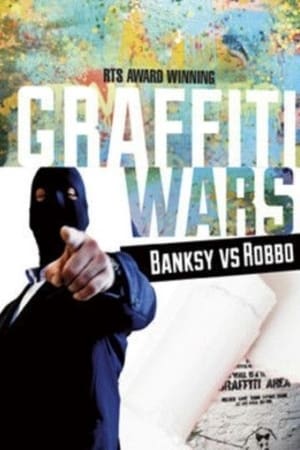 6.0
6.0Graffiti Wars(en)
A look at the feud between graffiti artists King Robbo and Banksy.
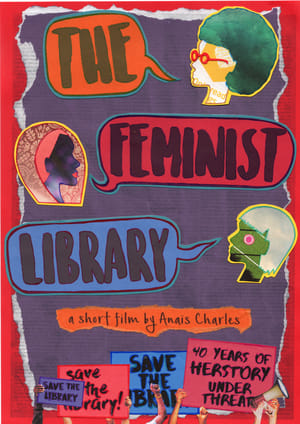 10.0
10.0The Feminist Library(en)
The Feminist Library: A Short Film was made in support of the Save the Feminist Library Campaign, documenting a crucial moment in the library's herstory as it fights for its very survival. Shortlisted for the Women's History Network Community Prize, the film revisits the story of the library's inception and emphasises why feminism remains essential today.
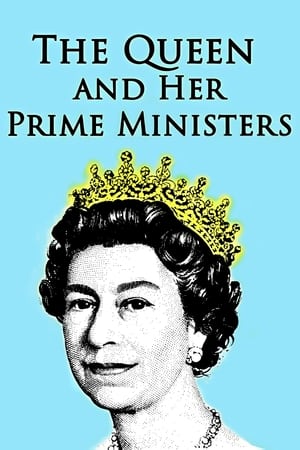 5.8
5.8The Queen and Her Prime Ministers(de)
Queen Elizabeth has worked with 14 Prime Ministers, including holding confidential weekly meetings. It is not known whether she has influenced her Prime Ministers, or what happens when they clash.
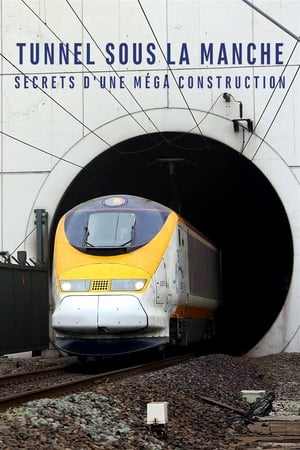 0.0
0.0Building the Channel Tunnel(en)
The Channel Tunnel linking Britain with France is one of the seven wonders of the modern world but what did it take to build the longest undersea tunnel ever constructed? We hear from the men and women, who built this engineering marvel. Massive tunnel boring machines gnawed their way through rock and chalk, digging not one tunnel but three; two rail tunnels and a service tunnel. This was a project that would be privately financed; not a penny of public money would be spent on the tunnel. Business would have to put up all the money and take all the risks. This was also a project that was blighted by flood, fire, tragic loss of life and financial bust ups. Today, it stands as an engineering triumph and a testament to what can be achieved when two nations, Britain and France put aside their historic differences and work together.
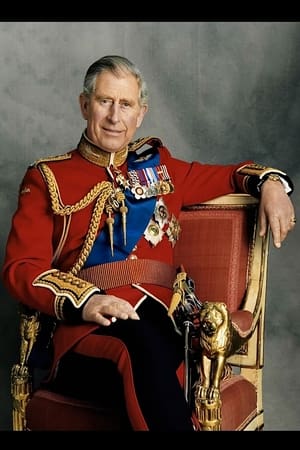 7.0
7.0Born to be The King(en)
As Prince Charles, the longest serving heir apparent, ascends the throne as King, those who know him well, who have worked for and with him, discuss what he has achieved as Prince of Wales and what he will bring to the role as the new Monarch.
 0.0
0.0Shy Radicals(en)
Shy Radicals is a portrait of award-winning artist, activist and author Hamja Ahsan, and the story behind his remarkable book and satirical manifesto Shy Radicals, which calls for all shy, quiet, and introverted people to unify and overthrow Extrovert-Supremacy.
 0.0
0.0You Have Four Years(en)
On the 22nd of May 2021, around 100 Animal Rebels shut-down all four McDonald's distribution centers across the UK. Shutting down their factories for a total of 96 hours and disrupting over 1300 of McDonald's restaurants across the country.